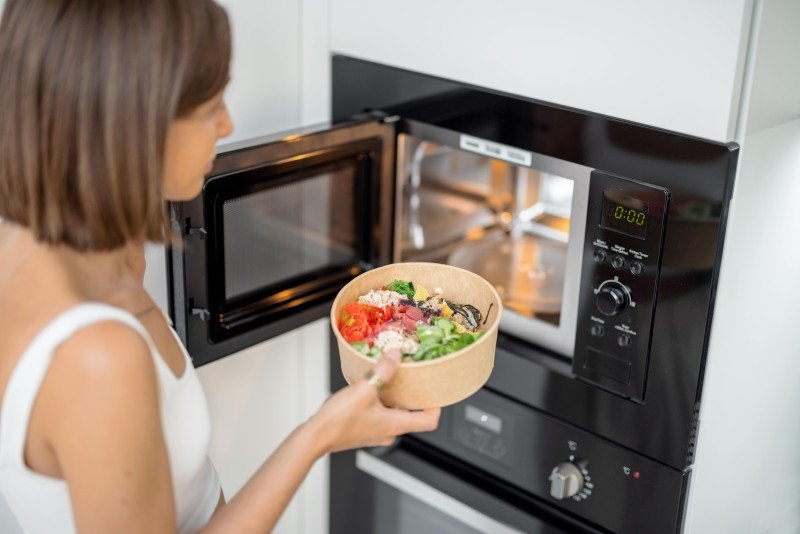Understanding Hobs and Ovens: A Comprehensive Guide for Cooking Enthusiasts
The kitchen is often considered the heart of the home, where culinary creations come to life. 2 vital parts of any kitchen are the hob and the oven. While they are both essential for food preparation and cooking, many homeowners might not totally understand the differences, functionalities, and different types offered in the market today. In this article, we will check out these devices in information, helping you make notified decisions for your culinary requirements.
Table of Contents
- What is a Hob?
- 1.1 Types of Hobs
- 1.2 Benefits of Different Hob Types
- What is an Oven?
- 2.1 Types of Ovens
- 2.2 Benefits of Different Oven Types
- Picking the Right Hob and Oven for Your Kitchen
- Regularly Asked Questions (FAQs)
- Conclusion
What is a Hob?
A hob, commonly called a cooktop, is a cooking surface area that you position cookware on to prepare food. It includes a variety of heating elements and is frequently set up on countertops. In modern kitchen areas, hobs can be found in numerous styles, technologies, and functionalities.
1.1 Types of Hobs
There are numerous kinds of hobs offered in the market:
| Type | Description |
|---|---|
| Gas Hob | Uses gas burners for cooking, offering exact temperature level control. |
| Electric Hob | Runs using electrical heating elements, commonly seen in solid or glowing forms. |
| Induction Hob | Utilizes electromagnetic fields to heat pots and pans straight, promoting energy efficiency. |
| Ceramic Hob | Functions a smooth glass top, making use of electric coils underneath the surface area. |
| Solid Plate Hob | Traditional electric hobs with exposed metal plates that heat up. |
1.2 Benefits of Different Hob Types
Gas Hobs:
- Quick heating and cooling.
- Visual flame control for precise cooking.
Electric Hobs:
- Even heating; ideal for simmering and boiling.
- Easy to clean up, specifically flat surfaces.
Induction Hobs:
- Energy-efficient as only the pot heats up.
- Safety functions, such as automated shut-off.
Ceramic Hobs:
- Attractive aesthetics with a smooth finish.
- Even surfaces for easy cleaning.
Strong Plate Hobs:
- Cost-effective and long lasting.
- Excellent for standard cooking requirements.
What is an Oven?
An oven is a kitchen appliance utilized for baking, roasting, and broiling food. Ovens can be standalone units or built into kitchen cabinetry, supplying numerous cooking methods that can enhance or transform ingredients.
2.1 Types of Ovens
Similar to hobs, there are multiple kinds of ovens, each with its benefits:
| Type | Description |
|---|---|
| Standard Oven | Operates with heating components, ideal for baking. |
| Stove | Utilizes fans to distribute hot air, cooking food evenly and rapidly. |
| Microwave | Cooks food using electro-magnetic radiation; suitable for reheating. |
| Steam Oven | Utilizes steam to cook food, maintaining wetness and nutrients. |
| Wall Oven | Built into the wall, using convenience and aesthetic appeal. |
2.2 Benefits of Different Oven Types
Traditional Ovens:
- Simple to utilize without any complex settings.
- Versatile for various cooking approaches.
Convection Ovens:
- Faster cooking times due to air blood circulation.
- Improved browning and crisping for baked goods.
Microwave Ovens:
- Quick cooking or reheating of food.
- Energy-efficient for low-volume cooking.
Steam Ovens:
- Health-conscious cooking that keeps nutrients.
- Exceptional for baking bread and cooking vegetables.
Wall Ovens:
- Convenient placement; conserves area.
- Less bending needed to gain access to cooking dishes.
Choosing the Right Hob and Oven for Your Kitchen
When picking a hob and oven, aspects such as area, cooking style, and personal preferences should be considered. Here's a basic guide to assist you pick:
Factors to Consider
- Cooking Needs: Evaluate your cooking routines. Do you frequently bake, or is stovetop cooking more common?
- Space Availability: Measure your offered kitchen area. Sales Ovens or ovens might need more space than others.
- Fuel Type: Decide between gas and electric, based on schedule and personal preferences.
- Budget plan: Determine what you're willing to invest and discover alternatives within that variety.
Quick Tips
- Prioritize Efficiency: Look for energy-efficient models to reduce long-lasting costs.
- Check out Reviews: Explore user reviews to gather opinions on performance and reliability.
- Consult Professionals: Seek recommendations from kitchen style professionals when planning your layout.
Often Asked Questions (FAQs)
1. What is the distinction in between a hob and an oven?
A hob is a cooking surface area typically for stovetop cooking, while an oven is an enclosed area used for baking, roasting, and broiling food.
2. Can I use any pot on an induction hob?
No, induction hobs require magnetic pots and pans. Stainless steel and cast iron pots work, but non-magnetic materials like aluminum won't.
3. How do stove differ from standard ovens?
Stove use fans to circulate hot air for even cooking, whereas conventional ovens do not have this function.
4. Is it possible to have both a hob and oven as a single system?
Yes, there are variety cookers that incorporate a hob and an oven within one device, offering an extensive cooking solution.
5. How do I tidy my hob and oven?
Most hobs and ovens have suggested cleaning techniques depending on their products. It is a good idea to speak with the maker's guidelines for the best practices.
Understanding the distinctions in between hobs and ovens is important for anyone aiming to optimize their kitchen area or improve their cooking skills. By understanding the different types, their benefits, and how to select the ideal ones for your needs, cooking can become a more enjoyable and effective experience. Whether you are an experienced chef or a novice cook, the best combination of hob and oven can raise your culinary developments to brand-new heights.

